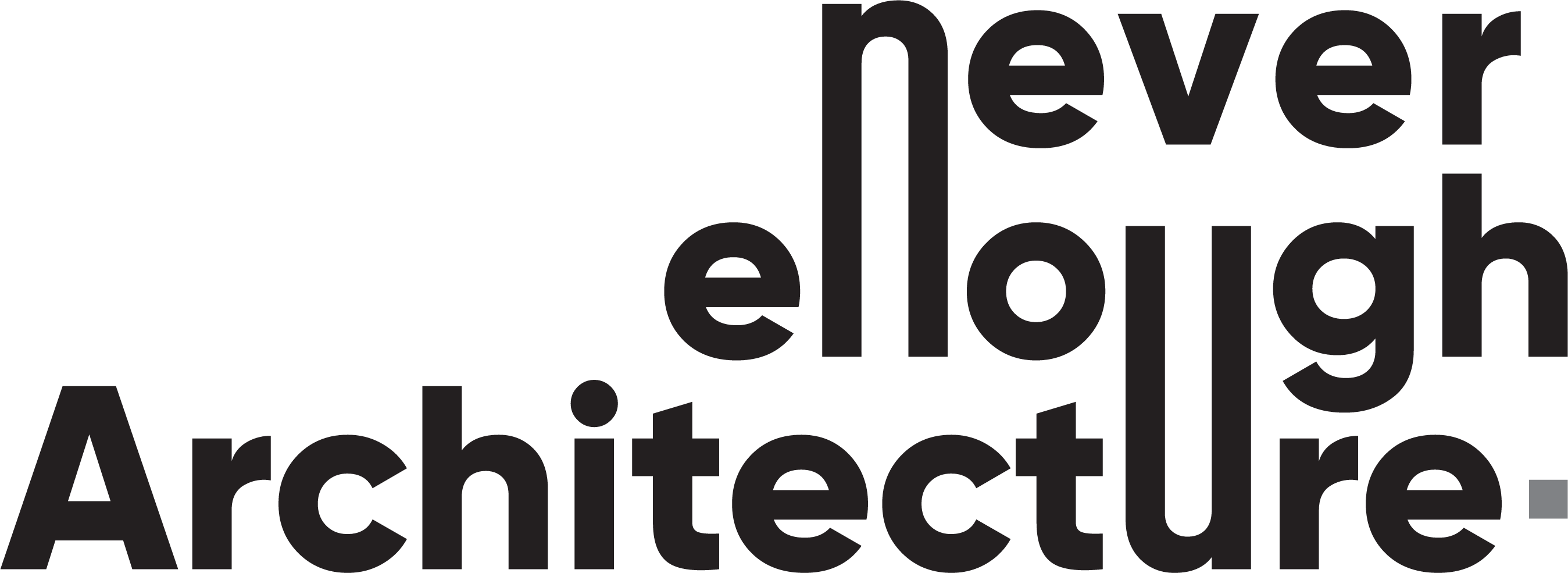We will learn about
Adaptive Reuse
Adaptive reuse is a sustainable approach to architecture and urban development that revitalizes old structures, preserving their unique essence while modernizing them for current needs. This method conserves resources, enhances community value, and respects the historical significance of buildings. By giving existing structures a new purpose, it goes beyond mere recycling, intertwining memories with modern functionality.
Renowned architect Carl Elefante aptly stated, “The greenest building is one that is already built”, emphasizing the eco-friendliness of this approach. Beyond environmental benefits, adaptive reuse can uplift a neighborhood’s value and spirit, fostering a series of positive transformations and bridging the past with the present.
Featured image: YueCheng Courtyard Kindergarten / MAD Architects
Placemaking
Placemaking is the intricate process of transforming public areas into lively, meaningful destinations that foster a sense of community and belonging. It transcends mere aesthetics and functionality, aiming to infuse spaces with soul and create an ambiance that resonates with its users. The difference between a mere space and a cherished place lies in the emotions and memories they evoke. Placemaking emphasizes the importance of accessibility, atmosphere, diverse activities, and the ability to attract individuals repeatedly.
This adaptable concept, rooted in understanding and amplifying the unique essence of each location, is not confined to urban settings but is relevant everywhere, from bustling streets to serene countrysides. By merging adaptive reuse with placemaking, spaces are not only refurbished but transformed into communal hubs where people can connect and celebrate.
Featured image: Creek Play / 100architects
Results
Honorable Mentions
Finalists
Experts
Our collaborators, composed of globally recognized professionals, ensures our participants receive the most insightful evaluation and recognition.

Ma holds a Master’s Degree in Architecture from Yale University, and a Bachelor’s degree from the Beijing Institute of Civil Engineering and Architecture. Founded MAD Architects in 2004, Ma leads design across various scales, including urban planning, urban complexes, municipal buildings, museums, theaters, concert halls, and housing, as well as art and design. The projects are located in China, Canada, France, Italy, Japan, the Netherlands, and the United States. Ma has taught in Beijing University of Civil Engineering and Architecture, Tsinghua University and University of Southern California. Parallel to his design practice, he has also been exploring with the public the cultural values of cities and architecture through domestic and international solo exhibitions, publications and art works.
In 2006, Ma was awarded the “Young Architects Award” by the Architectural League of New York. Fast Company respectively named him one of the “10 Most Creative People in Architecture in 2009”. In 2010 he became the first architect from China to receive a RIBA international fellowship. In 2014 he was awarded “Young Global Leaders (YGL)” by World Economic Forum. In 2015, he was listed as one of the “100 Most Creative People in Business” by Surface, and “30 Most Influential Chinese Architects” by Forbes. In 2016, he was honored as “Certificate of Recognition” by City od Los Angeles. From 2019 to 2021, he was awarded as “China’s Most Influential Designer” for three years by Architectural Digest. In 2022, MAD Architects was recognized as “Best Cultural Firm” by Fast Company, and became the first architectural firm to win this award in China.

During his tenure, he faced the pandemic with determination and has worked tirelessly for the growth and development of his community. His commitment to Pelayos and his team drives him to continue fighting for the well-being of the town.

"


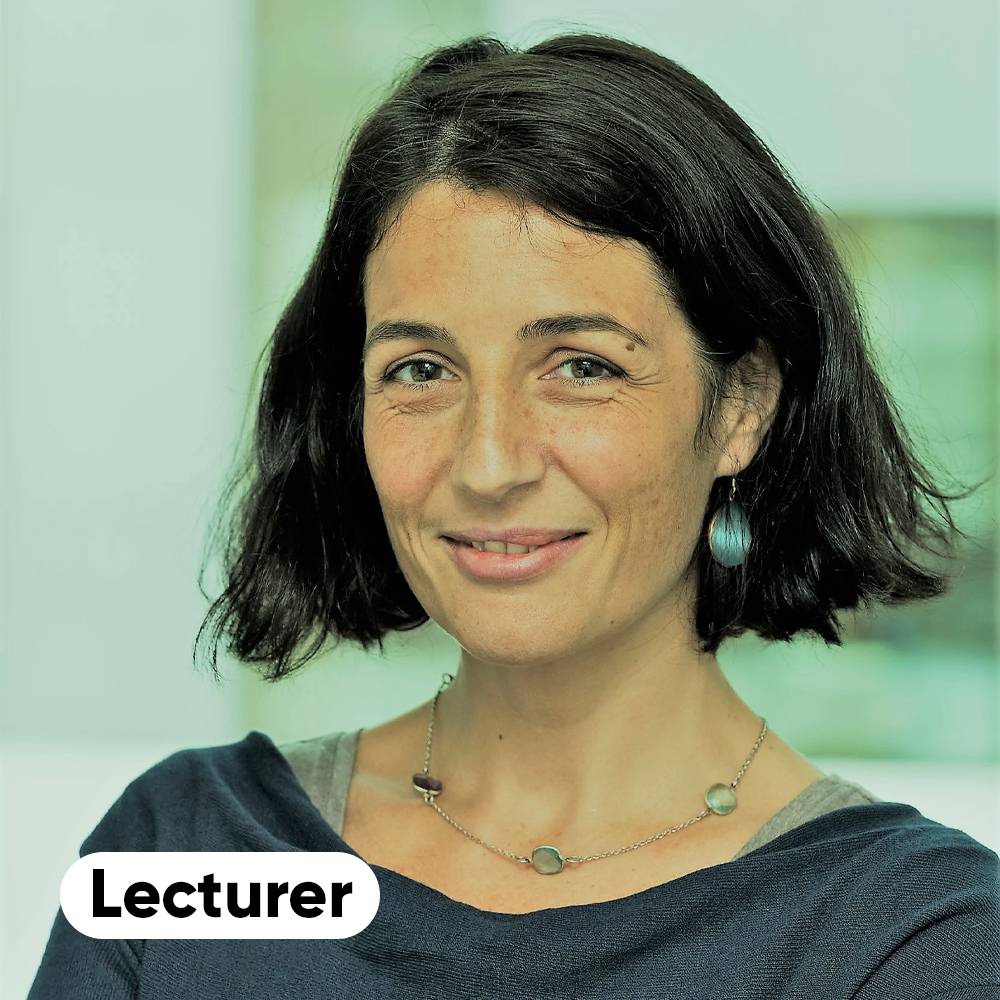


After his university education in Valencia, where he delved into technical, construction, and project knowledge, he participated in an exchange with the Paris-La Villette school, completing his training as an architect, including knowledge in sociology, participatory architecture, and ecology.
He obtained the Enabling Master's degree from the Polytechnic University of Barcelona - ETSAV - El Vallés, specializing in participatory architecture and collective housing, with Roger Tudó (H arquitectes) as his tutor.
In 2016, he won the Arquia Scholarships Award.
Since 2017, he has collaborated with the Lacaton & Vassal architectes studio, where he works on rehabilitation, housing, and facility projects at an international level.
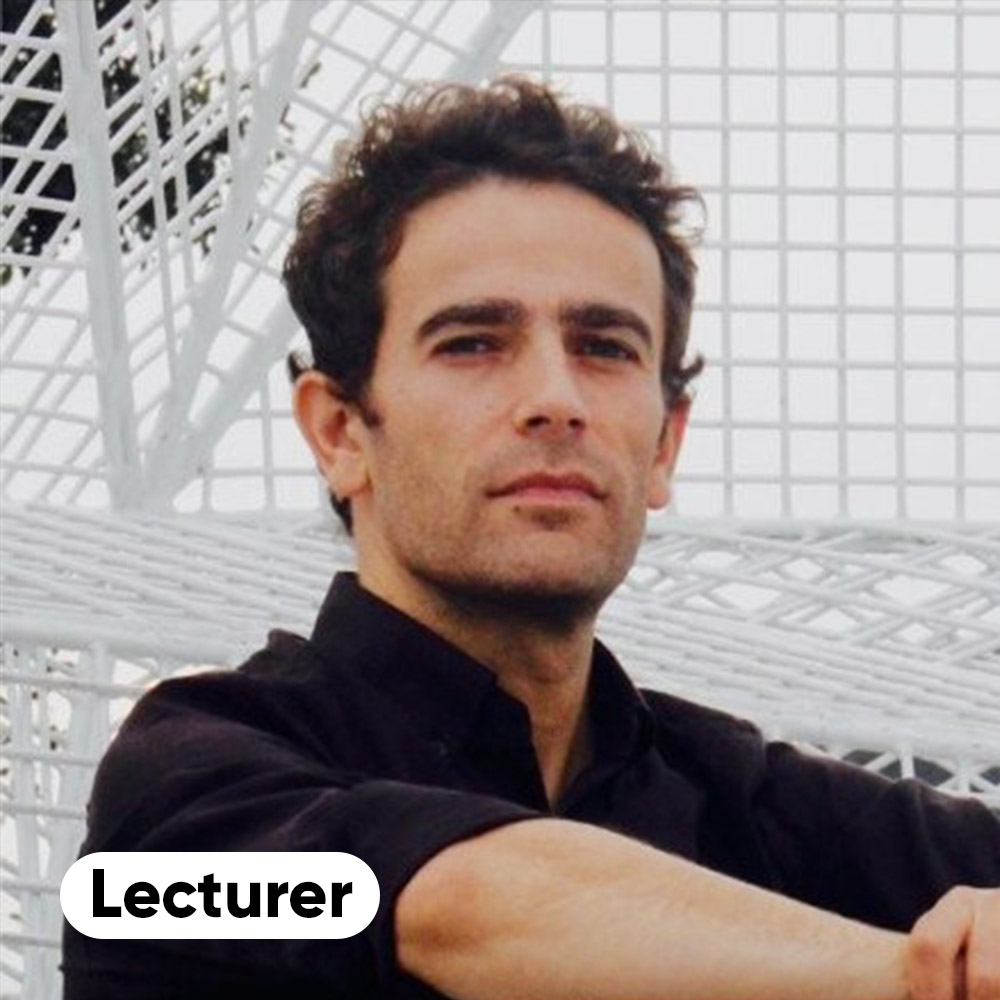
For over twenty years, González Martínez has dedicated his academic career to critical heritage studies in two main contexts:
In Spain (2023-2024), he is affiliated with the Department of History, Theory, and Architectural Composition at the University of Seville, funded by the EU's Next Generation funds. His current research focuses on comparing heritage conservation between Spain and China, addressing topics such as urban regeneration and the critical study of the modern movement's heritage.
In China (2016-2023), he was attached to the College of Architecture and Urban Planning at Tongji University. During this period, he received a grant from the Shanghai Municipal Education Commission and led research on urban regeneration in Shanghai. He also participated in international projects, highlighting his collaboration on research concerning collective housing of the modern movement and modern industrial cities.
Earlier, in Spain (2002-2016), González Martínez worked at the University of Seville, leading research projects related to built heritage and other topics. A significant portion of his career unfolded at the Andalusian Institute of Historical Heritage.
Furthermore, he has been part of prominent commissions in the Spanish Ministry of Culture and has authored over 100 publications, among which stands out his book ""In Light of Hilberseimer"". He has been awarded accolades such as the prize from the XIV Biennial of Spanish Architecture 2018 and has been actively involved in meetings and conferences nationally and internationally.

About Tiffany Dahlen
Tiffany Dahlen is an Associate Partner at MAD Architect's Los Angeles studio. She is a Hawaii-born architect who graduated from the University of Pennsylvania, and joined MAD’s Beijing headquarters in 2010 and moved to the LA office in 2021. Leading projects and competitions both in China and abroad, she has experience with large scale projects in dense urban conditions that aim to emulate MAD's future focused design philosophy of connecting people to nature through design.
She currently leads several projects at MAD, including a mixed-use tower in Quito, Ecuador, while working to foster a sense of community and education for the young designers and architects in MAD’s worldwide offices. She has worked on several of MAD’s iconic projects including the Lucas Museum of Narrative Art in Los Angeles, Shenzhen Bay Culture Park, Melbourne Southbank competition, Nanjing Zendai Himalayas Center, Chaoyang Park Plaza in Beijing, Huangshan Mountain Village, and Xinhee Design Center in Xiamen. She has also been involved in the realization of several MAD art projects, including: “Moon Landscape” for Swarovski and the “Vertu Mobile Pavilion”.
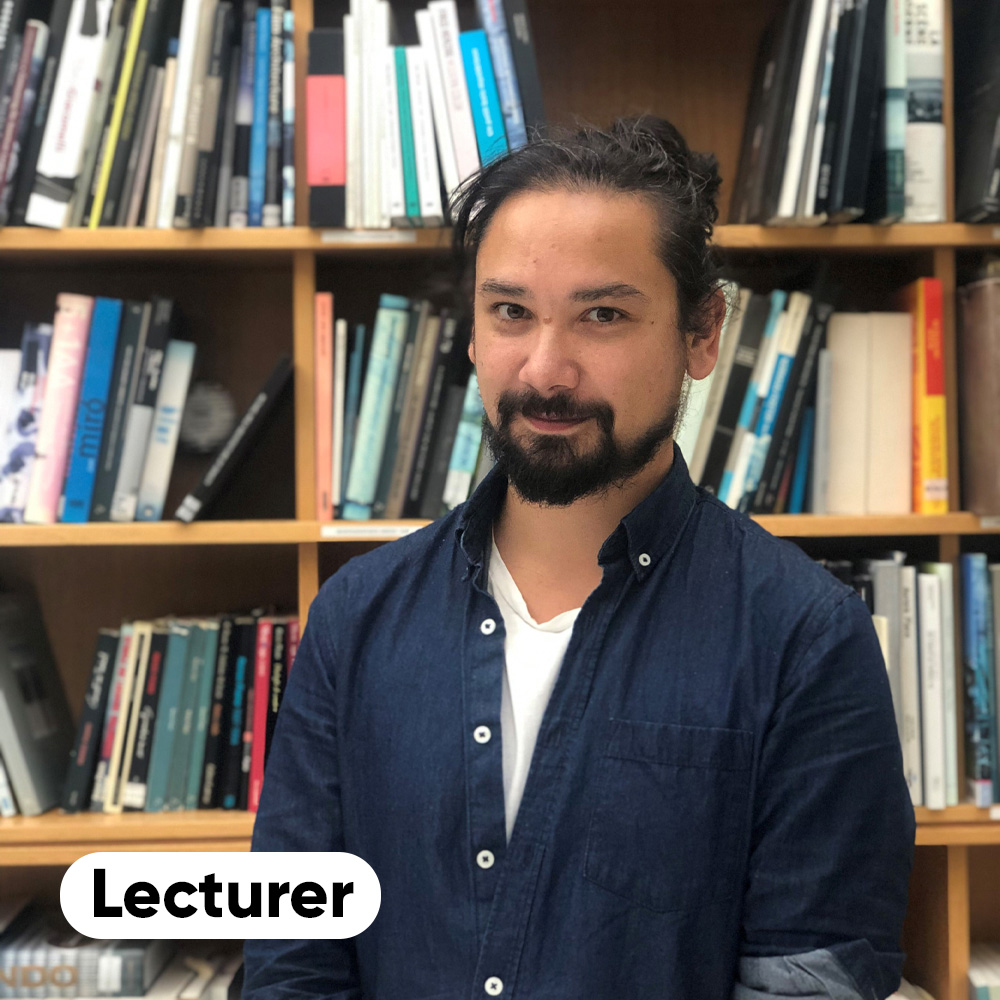
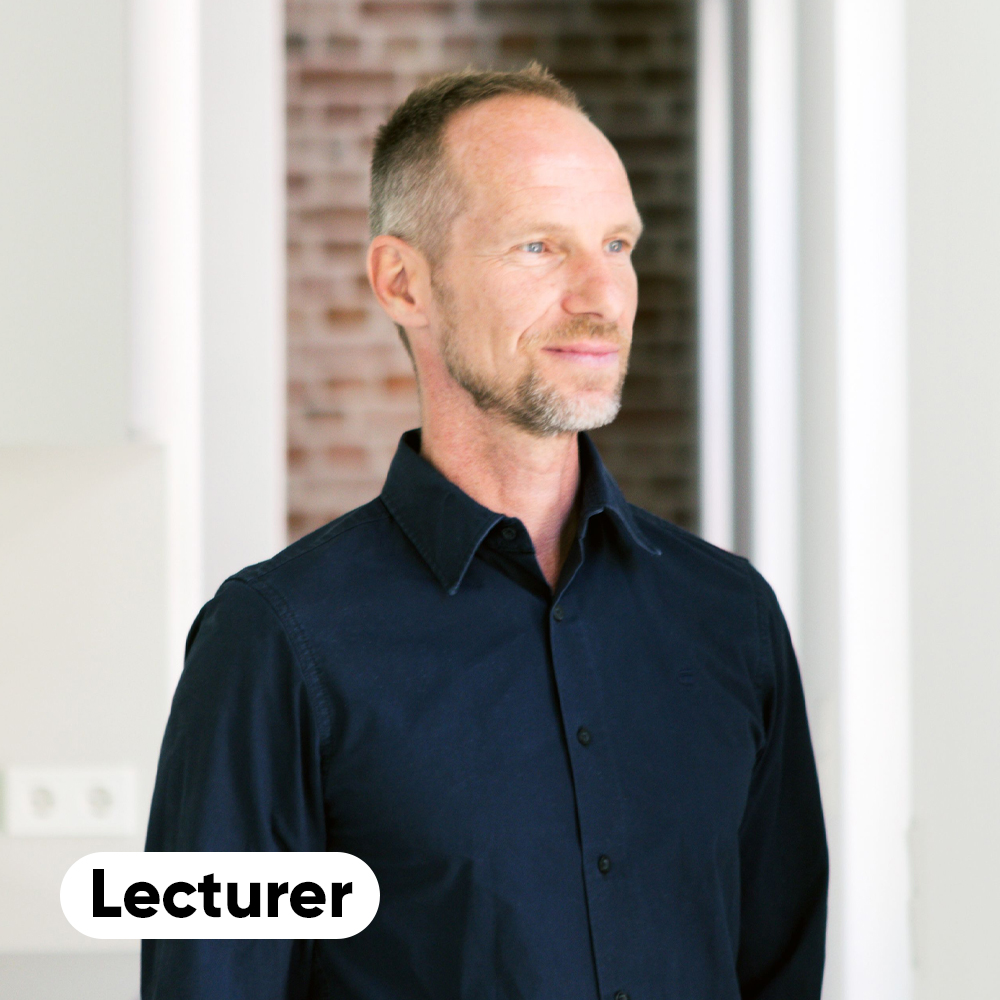

Moving back to the UK in 2007 Kieran self-built his own family house in Portobello before setting up Konishi Gaffney Architects in 2009. Having worked on a variety of creative and artist-led projects including six years in London working with Thomas Heatherwick on public art commissions he continues to collaborate with artists and makers on projects around the fields of art, landscape & architecture.
Kieran is a Fellow of the RSA and has sat as trustee on the boards of the RIAS, the EAA (twice) and Art in Healthcare. He has been invited critic at Edinburgh, Strathclyde and Aberdeen Universities and has lectured in Brighton, London, Stuttgart and at all of the Scottish Universities.

Mingzhu Nerval was founded in 2010 by Mingzhu Bai, a fashion designer from China, and Antoine Nerval, an agricultural engineer from France—both previously educated in fine arts. They have since expanded globally and are joined by a multi-talented team with a range of expertise from botanical horticulture, to landscape architecture to structural engineering. Their team strives to create the most beautiful, ressource-efficient vertical gardens in the world, with ever-expanding biodiversity and innovation.
Mingzhu Nerval has been working with and recommended by architects like Zaha Hadid, SWA, KPF, and contracted by clients like Apple, MGM, Dior, for high-profile projects, including multi-million-dollar commissions on three continents.
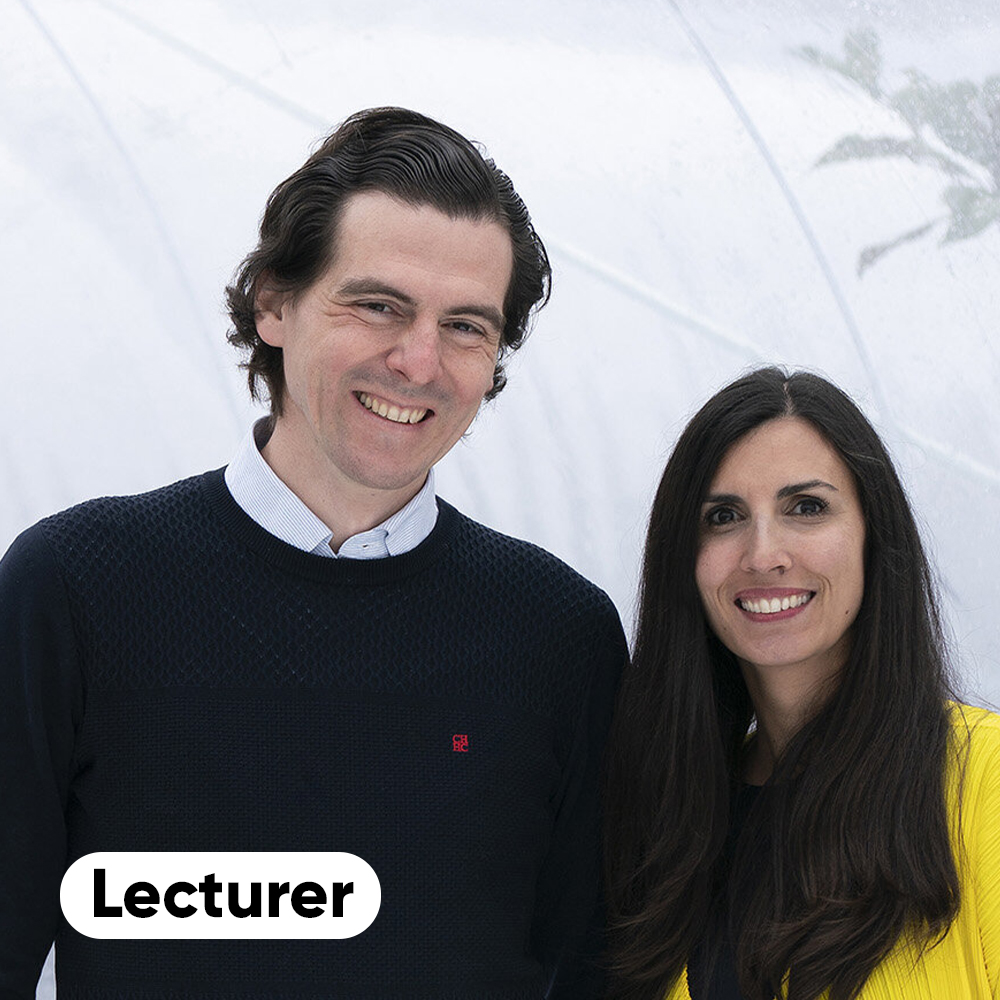
is a multidisciplinary architecture & design firm with a team formed by extraordinary architects and designers with expertise on architecture, urban design, landscape, graphic, furniture & object design, 3D modeling, digital manufacturing and virtual reality. This holistic approach to design allows the team to tackle each project from a wide range of directions to acquire the best results.
Their projects have been exhibited in London, Geneva, San Francisco, Paris, Madrid and Valencia and have been awarded with multiple international prizes and awards.
ISABEL COLLADO
RIBA, PhD, MArch, COAM
Isabel is an architect registered in Spain and United Kingdom. She is a chartered member of RIBA. She studied Architecture at the Madrid School of Architecture (ETSAM). She holds an international PhD from the Madrid School of Architecture (ETSAM), which she obtained with her dissertation ‘Towards Weightless Architecture’. She is a passionate teacher and scholar that has lectured at prestigious universities such as the Architectural Association in London, ETSAM, and IE University among others.
IGNACIO PEYDRO
RIBA, PhD, SMArchS, MArch, COAM
Ignacio is an architect registered in Spain and United Kingdom. He is a chartered member of RIBA. He studied Architecture at the Madrid School of Architecture (ETSAM) and at the Bartlett in London, obtained a post professional advanced master degree at the Massachusetts Institute of Technology (MIT) as a Fulbright scholar and an international PhD in the Madrid School of Architecture (ETSAM) with his thesis ‘Contingency in Post-Situationist Architecture’. He is a passionate teacher and scholar that has lectured at prestigious universities such as the Architectural Association in London, MIT, ETSAM, and IE University among others.

Hyunje Joo_Baukunst was established in Duesseldorf and moved to Seoul in 2021. The office has received numerous awards, including Mercedes Junge Kunst Award, Design Educates Award in Germany, Gamma Best Young Artist of the Year Award, and A design Award in Italia.
Major projects include Namdo Righteous Army History Museum, Hangang floating gallery, Shinpo Underground Public Walkway, and landmark tower in Buyeo.
They consider architecture as a form of art and provide a new perspective on the architecture.
Hyunje Joo studied at Aachen(RWTH) and Duesseldorf. In 2017, he received his master’s degree with distinction at the Kunstakademie duesseldorf in germany, where appointed as the Meisterschueler by Max Dudler and Nathalie de vries(MVRDV).
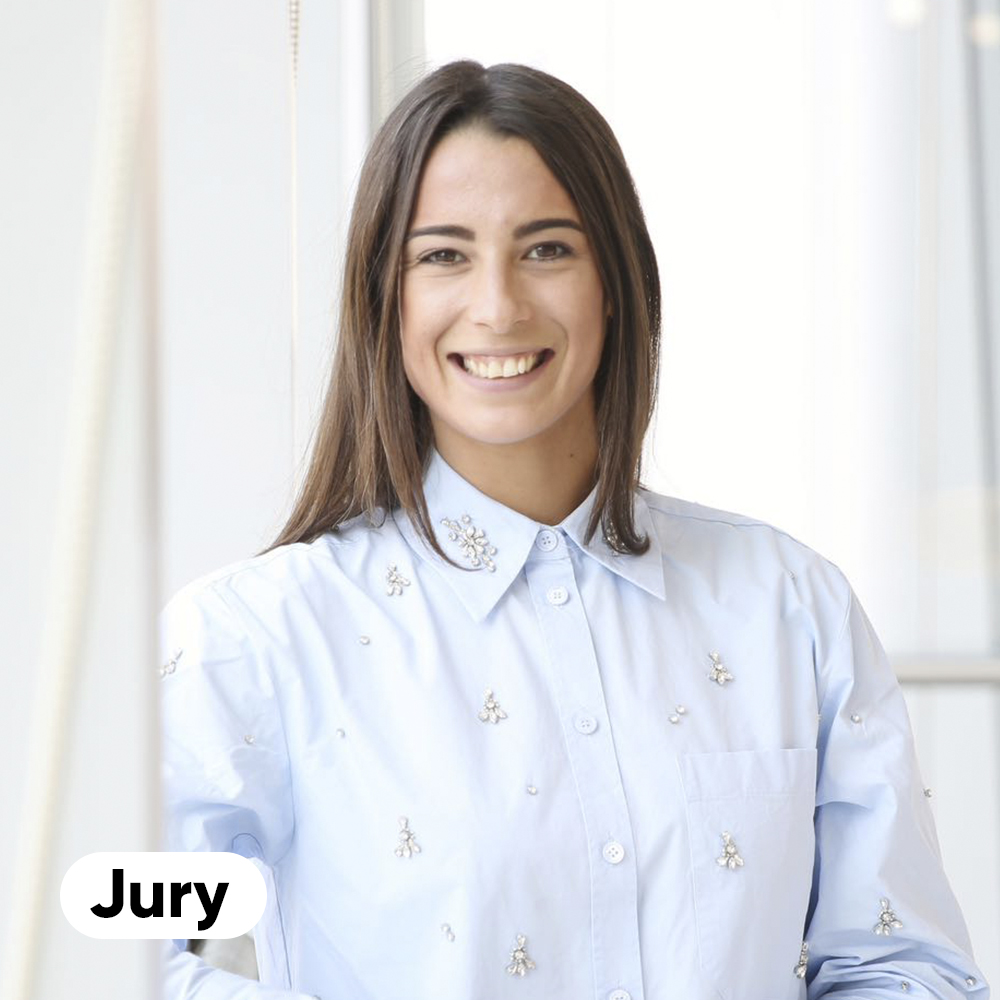
Maya completed her RIBA Part II degree in Architecture at the University of Westminster. She served as a computational designer at Mamou-Mani architects in London for nearly five years. Concurrently, she was a Simply Rhino trainer for two years, delivering Grasshopper and Rhinoceros software workshops, as well as providing specific training to individuals and design companies.
At the core of Maya's professional passion is data-driven design, where spaces resonate strongly with material, structural, and environmental behavior. In pursuit of this passion, she has developed a profound understanding of parametric modeling with algorithmic design techniques using advanced computational tools like Grasshopper.
Course
Our courses provide a lasting and useful learning opportunity for our participants, allowing them to learn from top architects and experts.
Competition
In the competition, we invited our participants to transform a long-neglected monastery into a dynamic community hub, serving as a hands-on application of adaptive reuse and placemaking principles. It’s more than making the building look nice; it’s a big challenge requiring a blend of modern aesthetics, historical preservation, environmental sustainability, and community involvement.
The mission included designing diverse spaces—from a live-event amphitheater and flexible exhibition areas to community engagement zones and pet-friendly spots.
Find all the details in the rules of the course + competition.
Full info
You can download the rules and full information of the competition and course in English, Spanish, French, Portuguese or Italian.
Partners
Main partners


